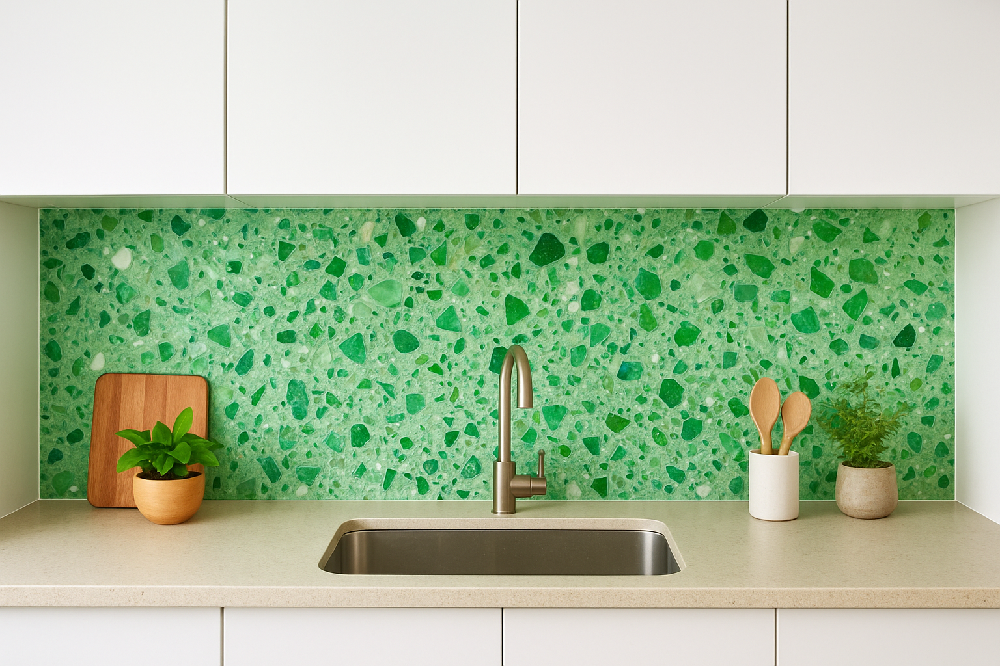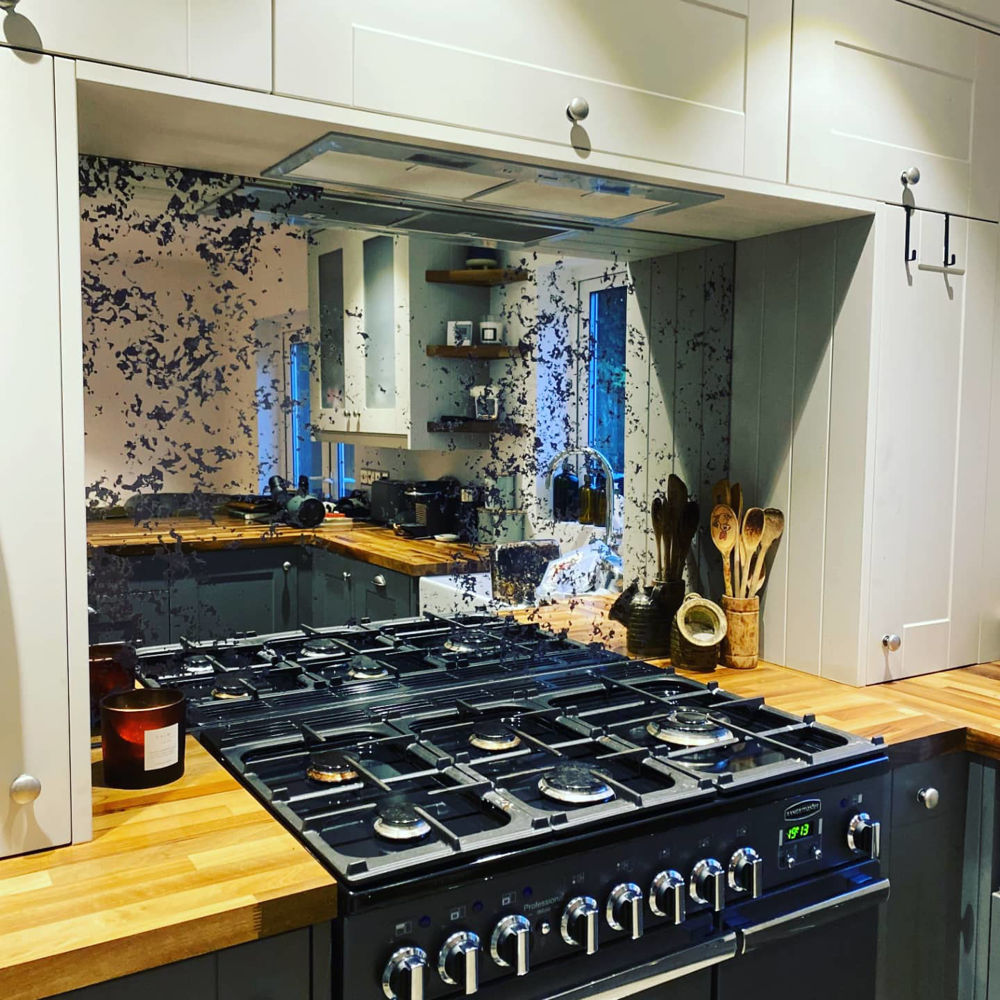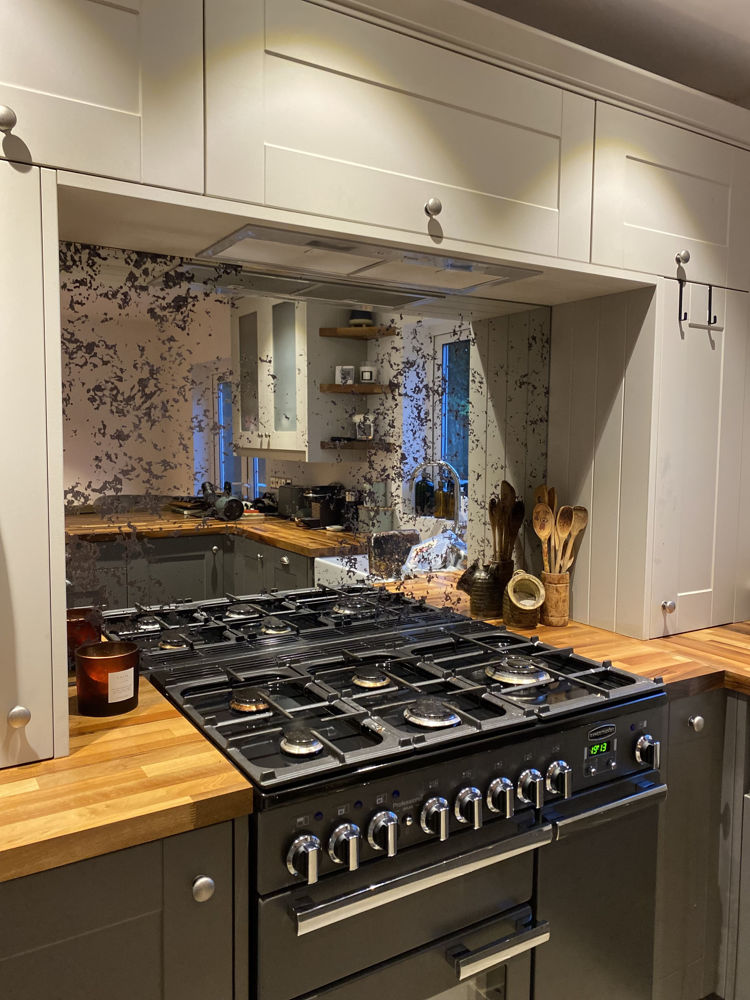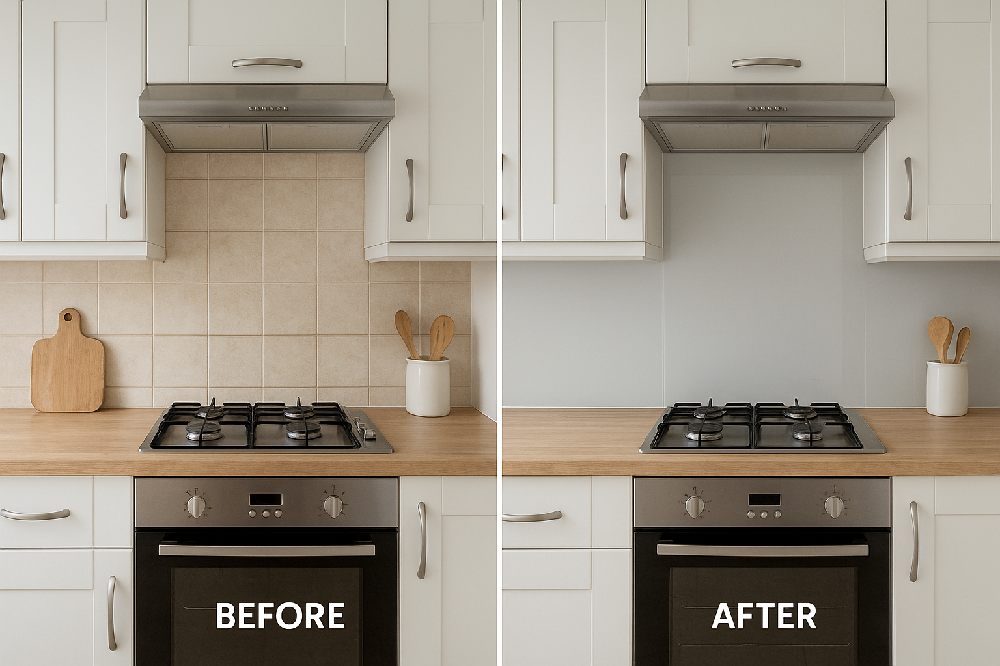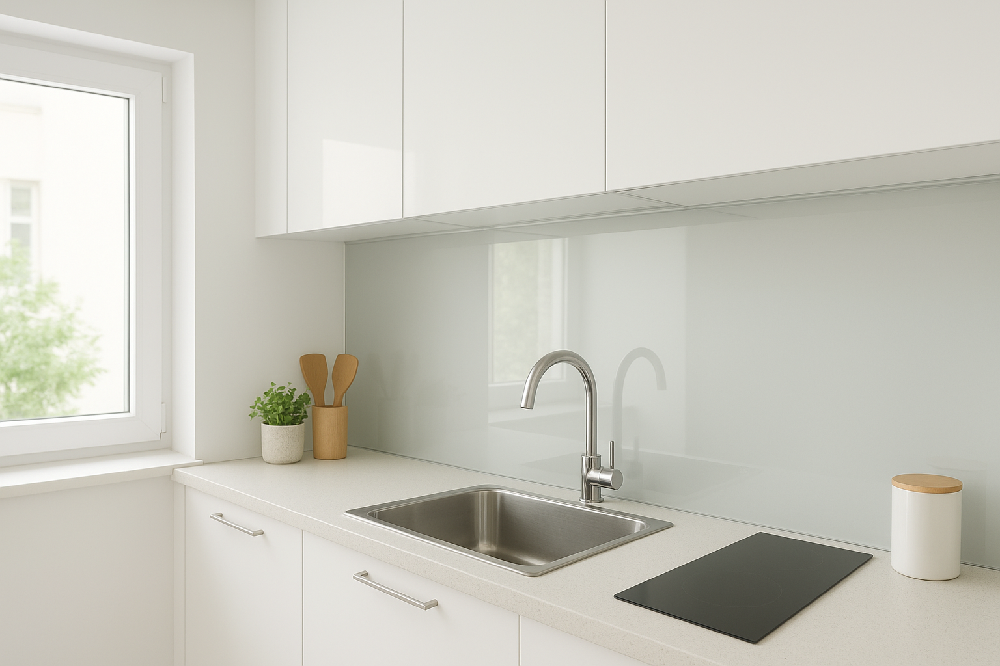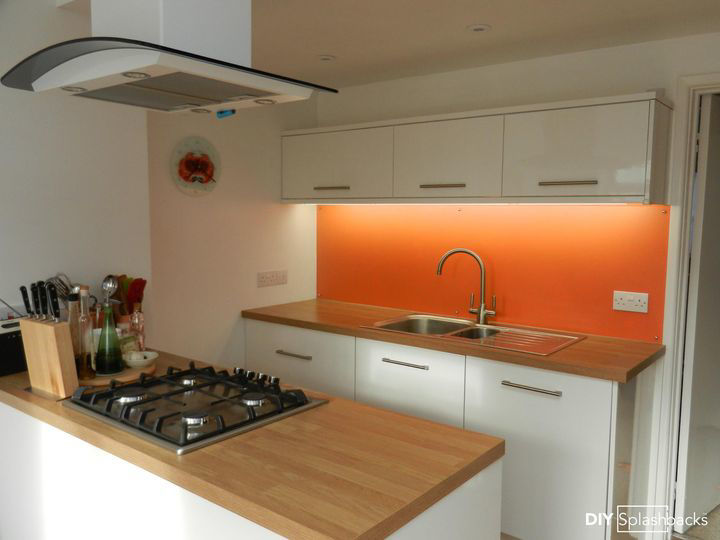Splashbacks Beyond the Kitchen: Creative Applications in Bathrooms and Utility Spaces
_1000.png)
In today’s design-driven world, splashbacks have transcended their original role as kitchen protectors. They’ve evolved into versatile design elements, reshaping how we approach interiors with both practicality and aesthetic value. While kitchens remain their natural habitat, splashbacks are increasingly finding new homes — in bathrooms, laundries, and even utility areas — where durability meets design ingenuity.
1. Bathroom Elegance Reinvented
Bathrooms are no longer purely functional zones; they’ve become personal retreats. Installing a glass or acrylic splashback behind the sink or bath instantly elevates the space. Beyond adding a touch of luxury, they safeguard walls against water damage and mold — a crucial win for longevity.
For instance, DIY Splashbacks offers bespoke glass options that merge style with hygiene, thanks to easy-to-clean surfaces and seamless edges that resist grime buildup.
2. The Utility Room Upgrade
Utility areas often get overlooked in the home design conversation. Yet, they endure heavy-duty use — water splashes, detergent stains, and scuffs. Introducing a toughened glass or acrylic splashback not only modernizes the space but also enhances cleaning efficiency. Choose a neutral or mirrored finish to reflect light and make smaller rooms appear larger — a subtle design strategy that maximizes function without sacrificing form.
3. Creative Extensions in Unexpected Spaces
Think beyond the conventional. Splashbacks can redefine home bars, dressing tables, or craft corners, bringing cohesion across interior styles. A colored glass panel behind a vanity mirror, for example, can create a sophisticated contrast, while a printed design can add visual flair to otherwise plain walls. The versatility of materials allows homeowners to integrate splashbacks seamlessly across diverse zones — aligning with both modern minimalism and traditional warmth.
4. Material Innovation: Durability Meets Design
Acrylic, glass, and even mirrored splashbacks have advanced technologically, making them heat-resistant, easy to install, and highly customizable. Their adaptability makes them an intelligent alternative to tiles, particularly where seamless finishes and easy maintenance are non-negotiable. The ability to choose exact sizes, finishes, and colors from trusted suppliers like DIY Splashbacks ensures that every application aligns perfectly with the homeowner’s aesthetic vision.
Final Thoughts
The modern home calls for flexible, durable, and visually cohesive design elements — and splashbacks deliver all three. Extending them beyond the kitchen is not just a design choice; it’s a strategic lifestyle upgrade that enhances every corner of your space.
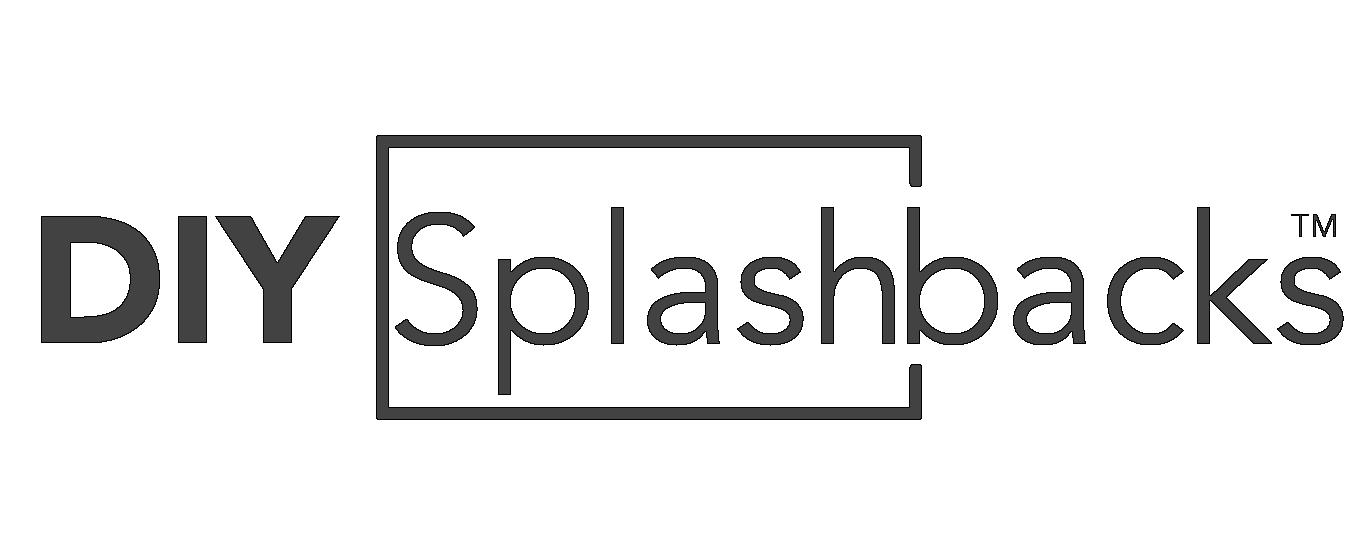
_1000.png)
